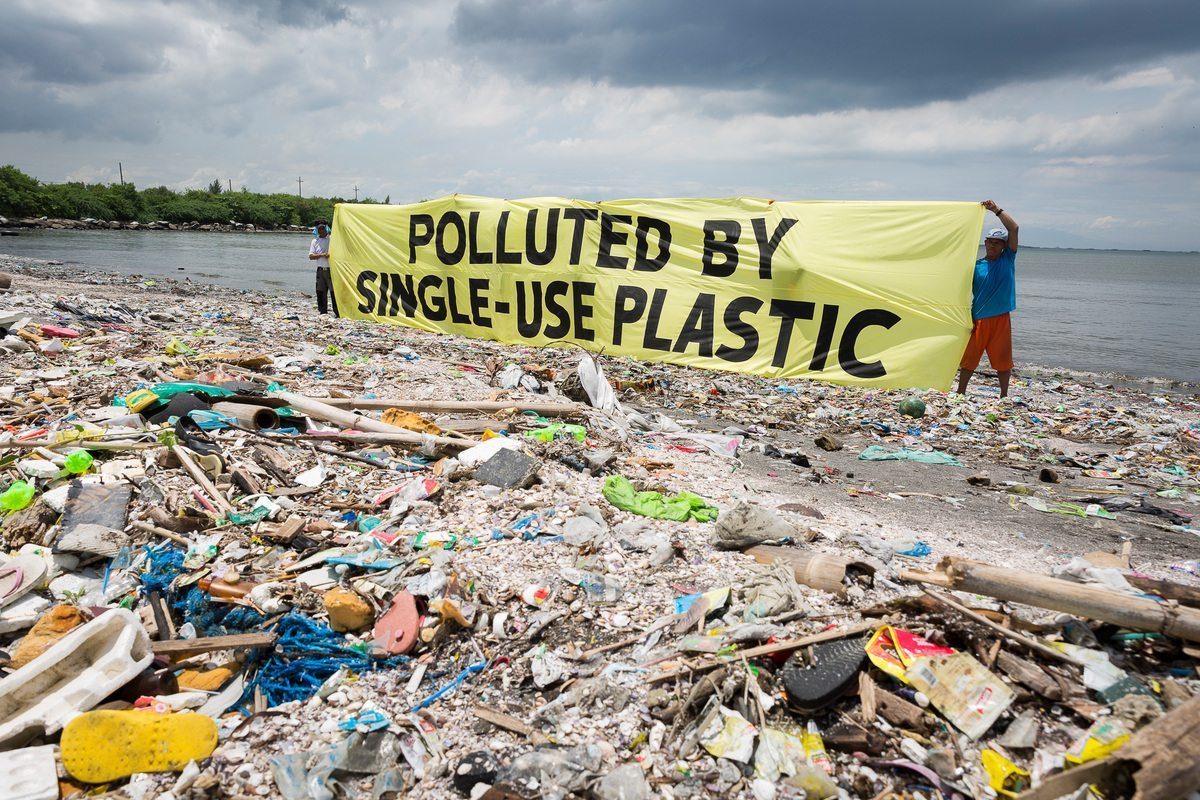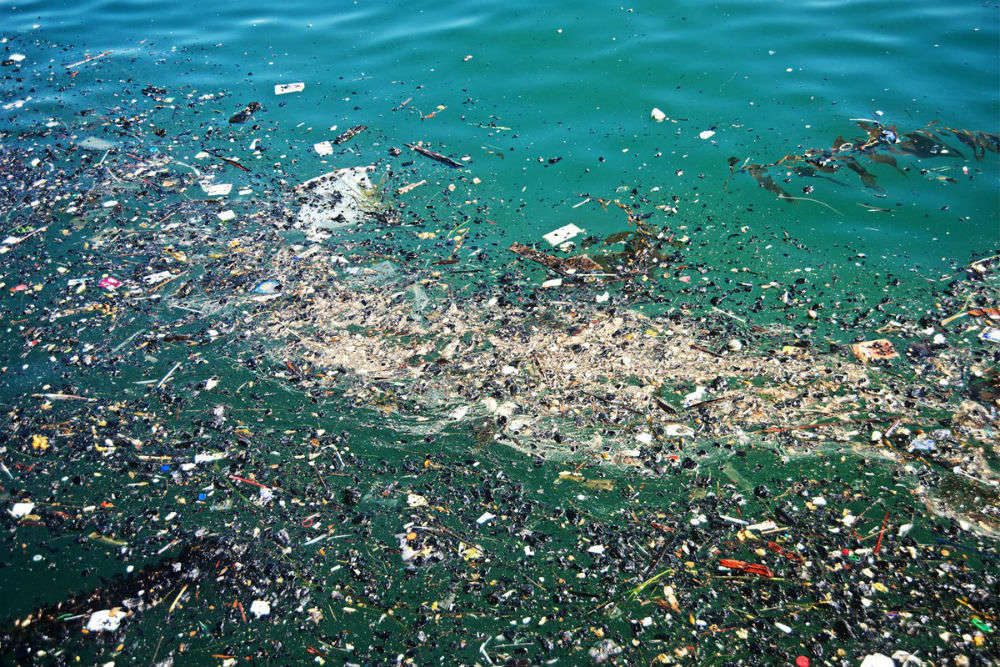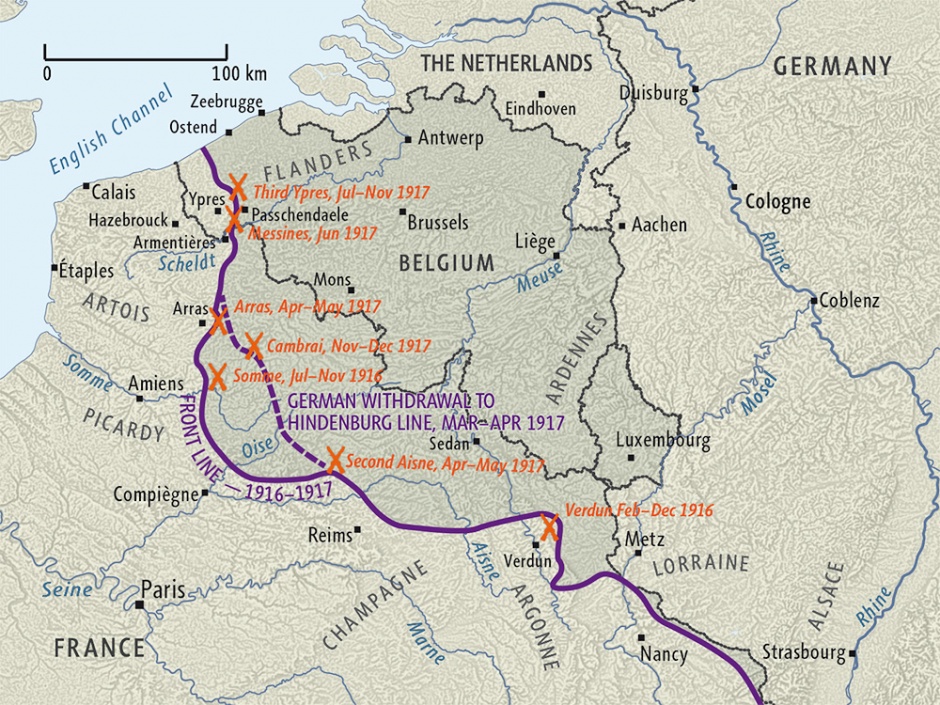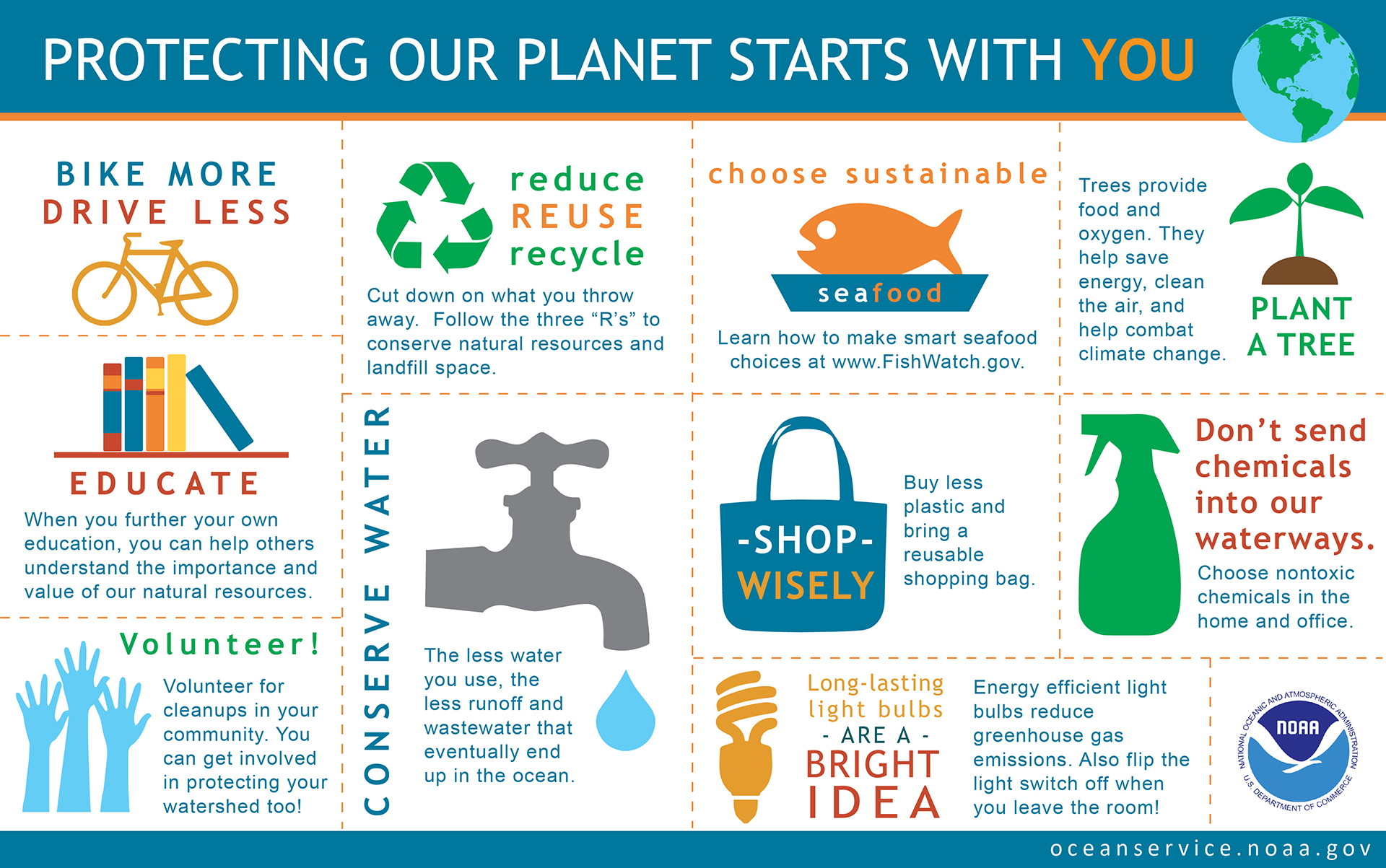This was a place I shared my learning up to December 2021.From 2022 onwards I used a different blog platform.
Friday, May 28, 2021
Romeo and Juliet: Act 1 - Scene 1: Reflection Section | Wānanga
Friday, May 21, 2021
Denzel Washington's Life Advice: Reflection Section | Wānanga
Plastic Pollution | Social Studies
 |
| Ocean Pollution Credit: Greenpeace |
 |
| The Great Pacific Garbage Patch Credit: Times of India |
- What did the video show us / encourage us to think about?
- This video explains the debris in the ocean. The scientists estimate that by 2050, there might be the same amount of plastic garbage as the amount of fish. SOME estimates hold that 99% of ocean-bound plastic waste is still unaccounted for. Plastic is a global issue and plastic accumulates in gyres (a large system of circulating ocean currents). Just the eastern part of the Great Pacific Garbage Patch spans to 1.6 million kilometre square (roughly twice the size of Texas).
- The patch is like a smog of microplastic particles, billions of them, very toxic over a wide area.
- Plastic can also become brittle and break apart, plastic pieces persist. It’s unable to oxidise or become waterlogged like metals, wood, or paper, all types of plastic are designed to defeat natural decay.
- “All the plastic that’s been produced since 1950, since it’s a synthetic material, hydrocarbons, it’s probability still here on the planet,” explains IPRC oceanographer Sarah-Jeanne Royer, PhD at the University of Hawaii, Manoa.
- How much plastic is there? What are the scientists working on?
- Scientists are worried about single-use packaging (straws, bottles, bags, cup lids etc).
- What do YOU think?
- This is not a good thing because each plastic bottle breaks down every 650 years.
- We can help and try to save the environment by using the 3Rs (Reduce, Reuse and Recycle), not use single-use plastics, putting the rubbish in the right bins, etc.
- Now, we are seeing the UN talking about it, companies rising up and saying, “We’re going zero waste.” Seeing countries committing to stop the flow of trash from land to sea. It is possible to solve this problem.
- How can we help?
- We can help and try to save the environment by using the 3Rs (Reduce, Reuse and Recycle), not use single-use plastics, putting the rubbish in the right bins, etc.
- Now, we are seeing the UN talking about it, companies rising up and saying, “We’re going zero waste.” Seeing countries committing to stop the flow of trash from land to sea. It is possible to solve this problem.
Friday, May 14, 2021
Protecting the Environment | Social Studies

Metals and Oxygen | Science
- A piece of magnesium
- Bunsen burner
- Safety glasses
- Metal scissor tongs
- Light your bunsen burner
- Hold your piece of magnesium in the scissor tongs. Ensure you are holding onto the very tip of the magnesium.
- Place the other end of the magnesium into the Bunsen flame (at the top of the blue flame).
- When the magnesium begins to burn, do not look directly at it, as the light emitted can permanently damage your eyes.
Sunday, May 9, 2021
The Western Front
 |
| The Western Front 1916-1917 map Credit: https://nzhistory.govt.nz/media/photo/western-front-1916-17-map |
Friday, May 7, 2021
The Seahorse and the Reef - Reflection Section | Wānanga
Thursday, May 6, 2021
Encryption Methods & Techniques - Cybersecurity: Cryptography | DTE
 |
| Crytography Credit |
Welcome to another post on my blog. In Digital Technology (DTE), we are looking at Cryptography in our main topic Cyber Security. For the final week for Term 1, we looked at encryption and its methods and techniques. First, we had to look and use Discover Crypt, decrypt the encrypted message. This game is designed to increase the knowledge of those who are interested in learning cryptography.
Next, after playing the game, we had to use the knowledge which we had learnt from Discover Crypt into the slide which we were assigned. This slide involves three stages of cryptographic methodologies - easy, medium and hard.
Lastly, after making the presentation, our next task was to write a personal reflection of our experience in developing our work.
Protecting Our Planet - Trashing The World | Social Studies
 |
| Protecting Our Planet Starts With You Credit: https://oceanservice.noaa.gov/ocean/earthday-infographic-large.jpg |
- France voted to ban domestic flights in favour of train travel if the trip takes 2.5 hours or less. Link
- Norway has been the first country in the world to see the sale of electric cars overtake sales of those powered by fossil fuels. Link
- Paris is removing 140,000 on-street car parking spaces, replacing concrete with gardens to make the city greener and more friendly. Link
- History made: for the first time ever, renewable energy surpassed fossil fuels as the European Union’s main source of electricity. Wind and Solar for the win! Link
- Scotland, home to 90,000 species of animals and plants, has announced plans to protect 30% of its land to boost biodiversity and tackle climate change. Link
- In just the first week of 2021, hundreds of locals in Indonesia have helped to clear 110 tons of plastic off four beaches (equivalent to the weight of 57 cars!) Link
- A Danish company lets you grow trees or plants from pencils. Their biodegradable pencils, which contain seeds, can be planted once you’re done using them! Link
- Plogging is a fitness trend that originated in Sweden and means to pick up litter while jogging. It not only takes care of the environment, but keep the ‘ploggers’ healthy too. Link
- Why cut down trees when you can grow wood in a laboratory? MIT scientists have developed a way to grow wood from plant cells that could help slow deforestation. Link
- A compassionate city in New Zealand is closing a busy road from a month to allow an endangered sea lion to nest with her pup and reach the ocean safely. Link
Wednesday, May 5, 2021
Corrosion | Science
- A = A bit of rust
- B = Rust, but more than A
- C = Lots of rust
- D = The nail won't rust because the oil has protected the nail
- E = The nail won't rust because the nail is protected by the bung
- F = The vaseline is going to protect the nail from rusting by giving it a coating
- G = Like the vaseline, the nail polish has coated the nail, so it's not going to rust
- H = The zinc might protect the nail, but I'm not sure
- 8 Test Tubes
- Large beaker
- 8 iron nails
- Tap water
- Salt
- Boiled water
- Oil
- Calcium Chloride (CaCl)
- Bung
- Vaseline gel
- Nail polish
- Zinc pallets (Zn)
- Label the eight test tubes, from A - H and place them into the beaker.
- Put an iron nail in each beaker.
- Test tube contents:
- A = Nail
- B = Nail + Water
- C = Nail + Salt water
- D = Nail + Boiled water + oil
- E = Nail + CaCl + bung
- F = Nail + Vaseline + water
- G = Nail + Paint/Nail polish + water
- H = Nail + Zn + water
- Fill the water in the test tube at the same amount (less than half)
- Leave the test tubes undisturbed for at least three days.
- A = Nail
- Control - normal condition - comparing to other test tubes
- C = Nail + Salt water
- It rusts the iron nail quicker.
- E = Nail + CaCl + bung
- Drys the air which is trapped in the test tube